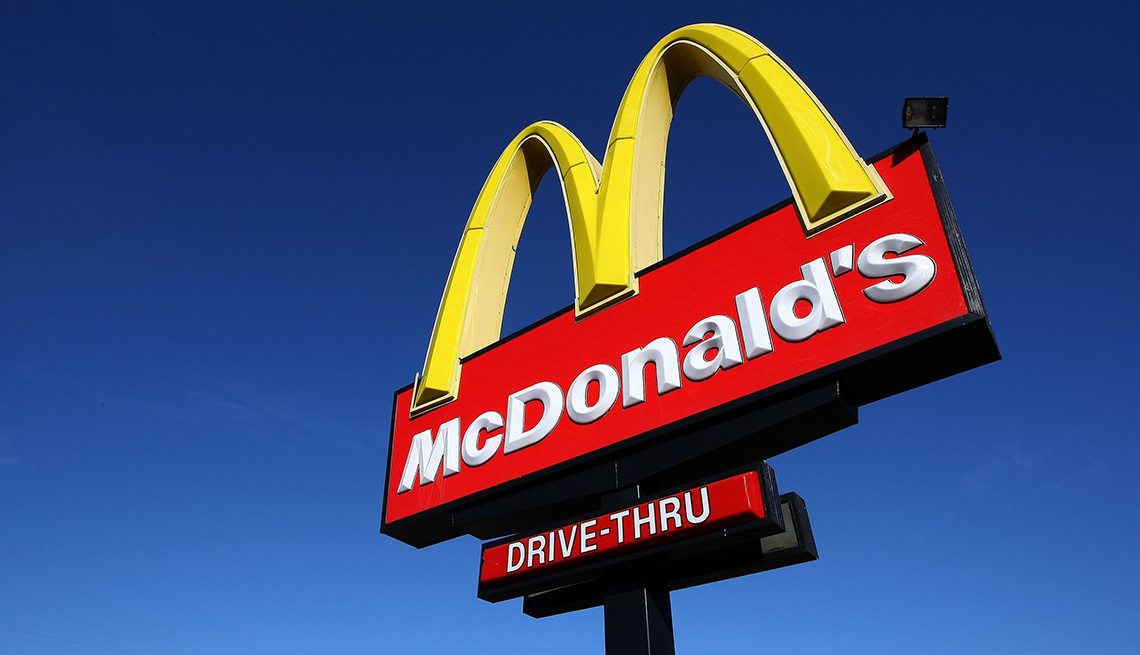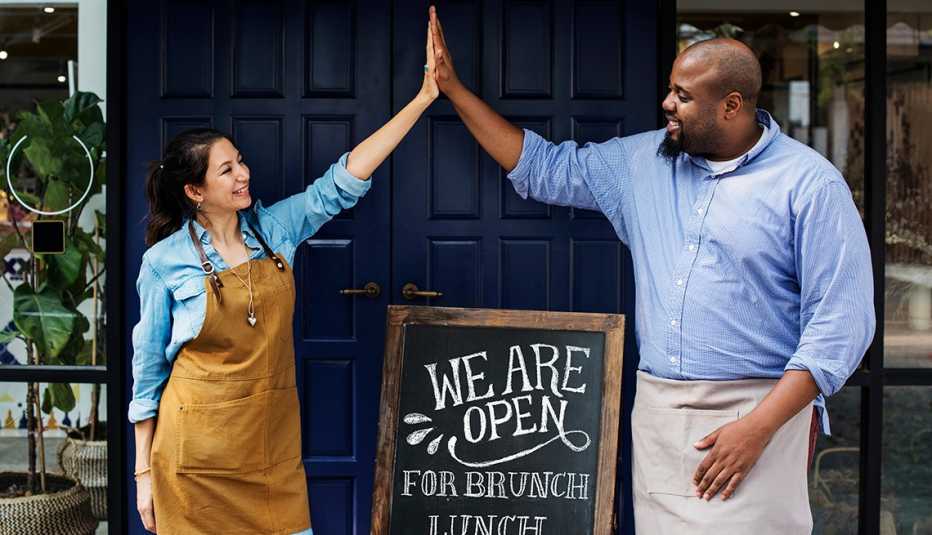AARP Hearing Center
For Tanyel Harrison Bennett, the conversations she had with her father when she was caregiving for him in his final days sparked a new beginning. She had been a successful lawyer for more than 20 years, but her father reminded her that she had once dreamed of a different path.
“We would talk every day about different things, and one of the things he would always tell me was that I used to always say I wanted my own business,” says Bennett, who is now 54. “He would say, if you really want to make the life for yourself and kind of pave your own way, then you need to have your own business.”
Although Bennett returned to law after her father’s death, she kept hearing his voice “in the back of [her] mind.” Ultimately, she decided to listen to that voice and take the plunge into entrepreneurship in a big way by becoming part of one of the most iconic franchise businesses not only in the U.S. but in the world. In April 2021, Bennett became the owner of two McDonald’s restaurants in Brenham, Texas.
How much does a McDonald's franchise cost?
There are more than 13,000 McDonald’s restaurants in the United States, and at least 90 percent of those businesses are owned and operated by franchisees. Buying a McDonald’s franchise takes a sizable investment. The corporation requires that potential franchisees have a minimum of $500,000 of unencumbered liquid assets to even be eligible and — if selected — be able to pay a $45,000 fee to the franchisor. The company estimates that the overall initial investment needed to buy one of its franchises ranges from $1,008,000 to $2,214,080. And because the training program franchise applicants have to complete before they can purchase a restaurant can take up to two years, McDonald’s also looks for candidates who might be able to buy multiple franchises.
The Golden Age
Born in 1902, Ray Kroc was already in his 50s when he met Dick and Mac McDonald in 1954. The brothers ran a successful chain of restaurants selling hamburgers, fries and shakes. Soon after, Kroc went into business with Dick and Mac, and in 1961 he bought out the brothers for $2.7 million. The rest is fast-food history.
When asked how he became an overnight success at age 52, Kroc replied, “I was an overnight success all right, but 30 years is a long, long night.” When Kroc died in 1984, there were 7,500 McDonald’s locations worldwide.
“A lot of the bigger brands, like the McDonald's and the Burger Kings of the world, they specifically target people that are going to be multi-unit owners, so they own two, three, four, five locations or more, which again, just magnifies the investment levels significantly,” says Eric Stites, CEO and managing director of Franchise Business Review, a market research firm.
The initial total investment for a McDonald’s franchise is high, but that price range is similar to comparable fast-food businesses, according to documents the Federal Trade Commission requires franchisors to share with people who may want to buy a franchise. For example, the initial investment for a Wendy’s restaurant ranges from $2 million to $3.5 million. For a Taco Bell, it's $526,000 to $3 million, and for a Pizza Hut, it's $357,000 to $2.2 million.
While the costs to get started are considerable, McDonald’s restaurants averaged $2.91 million in sales in 2019, according to QSR, a business-to-business magazine focused on “quick service restaurants.” For many McDonald’s franchise owners, those sales can translate into profits of more than $150,000 per year.
There are many franchise business opportunities that are more affordable for entrepreneurs age 50 and older. But for Bennett and other mid-career professionals who have the necessary financial resources and business acumen, a McDonald’s franchise can be an enticing opportunity.
































































